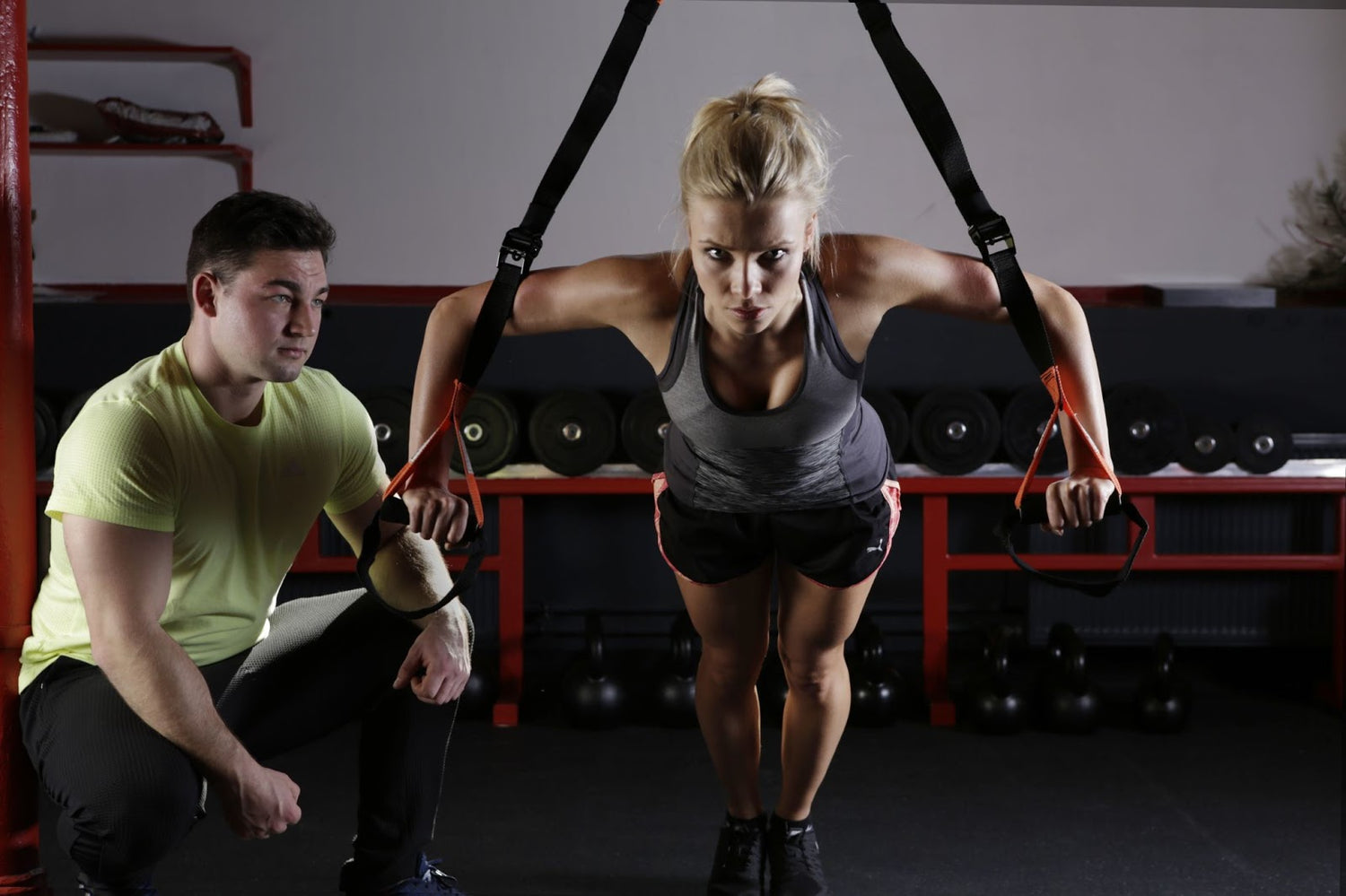Many people often wonder how many exercises to do per workout. After all, you want to build muscle and tone -- but you don’t want to wind up feeling sore for days. Of course, the amount of distinct exercise you do will vary depending on a few things like how much time you have, your goals, and whether or not you’re doing a full-body workout or focusing on one specific area.
Interested in learning more? Our team at HYGEAR can help. Read on to get the breakdown on how many exercises you really need to be doing during every workout.
Let’s dive in, shall we?
What’s The Short Answer?
In general, a range of one to three sets of an exercise can be beneficial, and even just one exercise per muscle group can give you great results. The ideal number of exercises, however, is about three to four exercises.
But as we mentioned a little earlier, it really varies depending on many different factors, including your goals and fitness level. For instance, research is clear that the more weekly sets you perform, the more muscle hypertrophy -- or size increase -- you will see. But what about if you’re interested in increasing your strength? Or muscular endurance?
To increase your strength, it’s best to stick with a few foundational exercises and concentrate your reps and sets there. If size is what you’re after, you’ll want to vary your exercises more, spreading your reps and sets between them.
Per Workout vs. Per Week
Should you think about exercises per muscle group per workout or in a weekly view?
To understand this a little better, we’ll start by addressing training volume.
Training volume = reps x sets x weight
The correct training volume that is right for you will depend on many different factors -- including your goals and fitness level. Training volume is best to approach as a weekly target, as it accounts for many workouts per week you plan to train a specific muscle group. Whether you will train each muscle group once per week or three times per week, your volume target will stay the same. You will just adjust your target number of reps and sets per workout.
Workout Sets vs. Reps
It’s also a good idea to think about your workouts in sets vs. reps.
When thinking about your weekly training volume, the more reps you complete, the fewer sets you will need to do. This likely means a lower weight load.
On the flip side, the fewer reps you complete -- most likely at a heavier weight --, the more sets you will need to do.
This is where your goals come into play:
- Lower rep ranges of five and under are best for strength gains.
- High rep ranges of 13 to 20 are most beneficial for building muscular endurance.
- Moderate rep ranges of six to 12 are best for a combo of both strength and muscle size (hypertrophy).
Once you have your goals identified, you’ll know whether your workouts will be set-heavy or rep-heavy.
Weekly Volume vs. Frequency
Another thing to take into consideration: whether you want to knock out your weekly training volume in one solid workout or spread it out across several. The frequency of your muscle group training -- or the number of training sessions per week -- can make a difference in your results.
So, what’s best? While there’s no one-shoe-fits-all approach, utilizing three to four sessions per week to hit your training volume will likely provide far better results than doing it all at once. Why? Because of one key factor: recovery.
Okay, what exactly is recovery?
Recovery is the single most important part of any training or exercise program. It allows for improved performance, permits time for your body to heal itself in preparation for the next training load, and decreases the risk of potential injury. All of these benefits allow for the attainment of new goals and PB’s.
Some of the factors influencing recovery include stress, sleep, hydration, nutrition, frequency and type of training loads, and methods of warm-up pre-exercise and cool down post-exercise. All of these things can be manipulated, nurtured, and controlled to have a negative or a positive effect on one’s recovery.
When putting together your workout plan, be sure to include adequate days for recovery (more on this later).
Choosing Your Split
Rather than viewing all of your workouts through a “full-body” lens, workout splits target individual muscle groups during different workouts, looking at things from a weekly or even monthly perspective. For example, a very basic split routine would be lower body-upper body. Or, you could even break it down further with a back/biceps day, a chest/triceps/abs day, a shoulder day, and a leg day each week.
You see, the point of a workout split is to give specific muscle groups time to rest -- or recovery -- before challenging them again while still hitting the full-body every week.
Recovery is an essential part of seeing results -- especially as your training volume increases -- so these rest days are key.
How To Maximize Your Routine
No matter which routine you decide to adopt, there are a couple of things you should keep in mind.
Rest Periods
A good rule of thumb is the more you are lifting, the longer rest you should take between sets. If you’re looking to increase power, shoot for at least two minutes between sets. And if you’re looking to increase muscle growth, aim for 30 seconds to one minute.
Weight
Low-, moderate, and high-rep ranges are predicated on the fact that you are challenging yourself to the very last rep. If the last rep isn’t difficult to get through -- you’re not lifting enough weight, so bump it up!
Recovery
Recovery doesn’t just refer to spacing your workouts so you will have time to rest. Components like sleep and nutrition are essential too. Make sure the whole package is there -- including a well-balanced diet loaded with fresh fruits and veggies as well as plenty of Zzzs to ensure you are maximizing your results.
A Final Word
So, how many exercises should you do per workout, you ask?
The ideal number of exercises per workout is three to four exercises. If you select your exercises appropriately and train them with sufficient volume and intensity, this will be more than enough to make great progress.
Not sure where to start? The HYGEAR Gear 1 System can help. This innovative smart gym system comes with two high-performance bands with adjusters, two ergonomic handles, two sets of wrist and ankle bands with smart sensors, a door anchor, a carrying bag, and a getting-started guide -- everything you need to gain muscle, lose weight, and increase your strength.
There’s a vast variety of awesome workouts you can do -- all from the comfort of your own home -- making it easier than ever to stay on top of your fitness goals.
Check out HYGEAR today and start getting results tomorrow.
Sources:
Muscle Groups to Work Out Together: How to Create a Plan | Healthline
Muscular Endurance: Exercises and How to Measure | Very Well Fit




Leave a comment
This site is protected by hCaptcha and the hCaptcha Privacy Policy and Terms of Service apply.